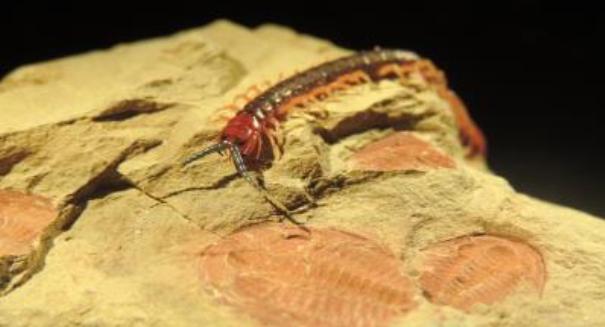
Their work reveals that evolutionary alteration during the Cambrian period took place approximately four to five times faster than present-day rates.
According to a news release from Cell Press, scientists have resolved Darwin’s dilemma. They note that the seemingly impossible torrent of innovation in animals’ body plans and habits during the Cambrian explosion can be rationalized by a moderate increase in evolutionary rates.
The finding, contingent on the first intense assessments of early evolutionary rates in arthropods, reveals that evolution’s “big bang” is agreeable with natural selection as Darwin saw it, according to scientists.
“This simultaneous burst of life, with few or no precursors, had seemed at odds with Darwin’s idea of gradual evolution through natural selection,” notes Mike Lee from the University of Adelaide in Australia. “However, our results show that moderately accelerated evolution, sustained over a few tens of millions of years, could have produced this pattern. A five-fold increase in rates of evolution would compress about 100 million years’ worth of change into about 20 million years—a relatively brief period in geological terms.”
The scientists scrutinized arthropods because they were the most diversified and fortuitous animals during the Cambrian explosion and persist so today. Currently, more than 80 percent of all animal species are arthropods.
“To a first approximation, every animal species is an arthropod!” Lee adds. “If we are interested in major patterns in animal evolution, arthropods are the key group to study.”
Using the fossil record and molecular dating techniques, the scientists measured the physical and genetic variations between living arthropods to determine evolutionary rates in the past. Their work reveals that evolutionary alteration during the Cambrian period took place approximately four to five times faster than present-day rates.
According to Lee, those speedier evolutionary rates are likely made clear by game-changing additions (vision, predation, etc.) that unlocked a number of new talents for arthropods during the Cambrian. That type of evolutionary explosion has also taken place when animals enter new environments.
“When a lineage acquires a novel adaptation, they often undergo a burst of evolution, to fill up a newly opened range of environments and niches,” Lee posits.
The study’s findings are described in greater detail in the journal Current Biology.
Leave a Reply